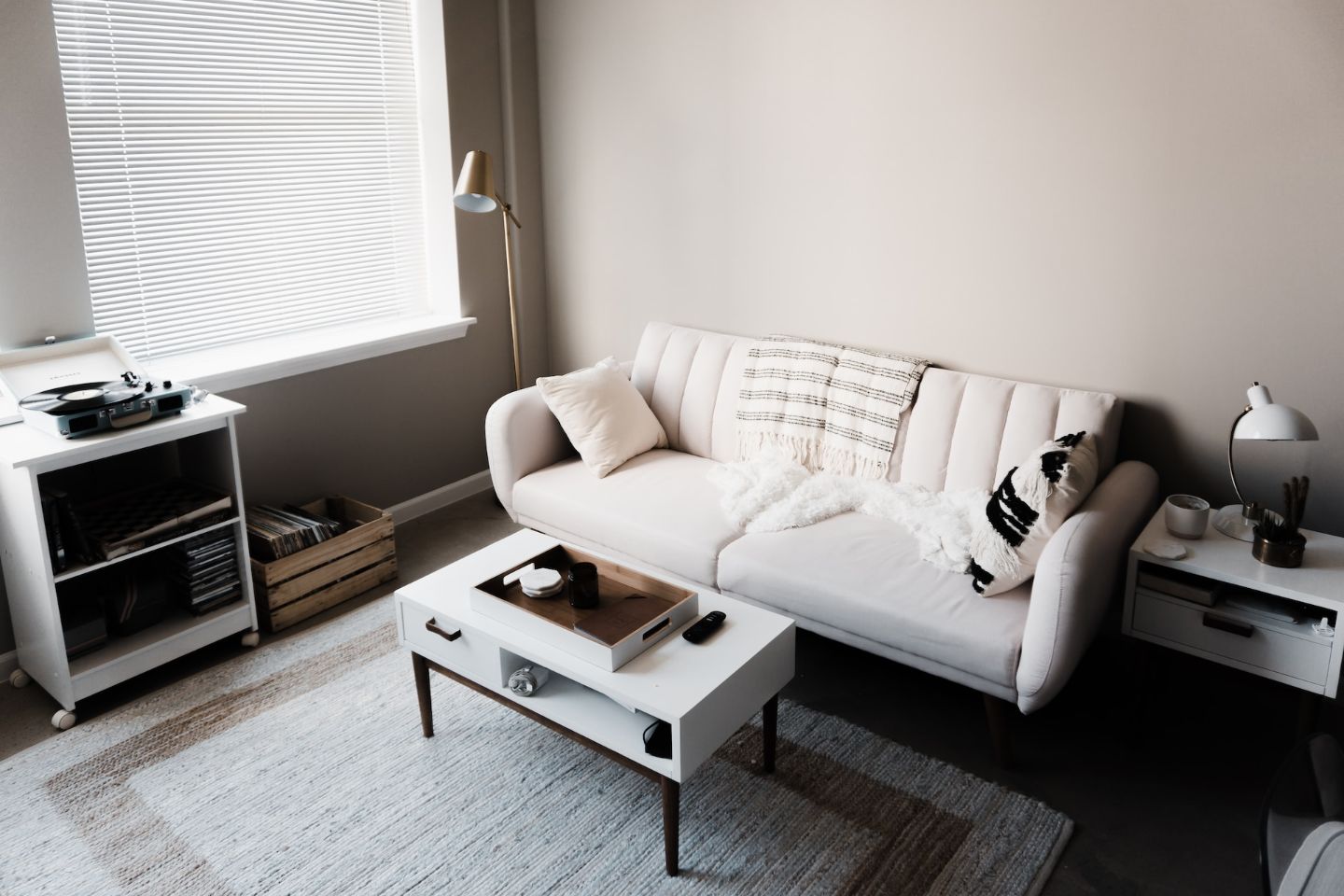Tags – Signs Home Has Poor Ventilation
Having a well-ventilated house will provide you and your family with a pleasant, relaxing atmosphere to enjoy.
Not only that, but it also has an impact on our health.
Are you feeling a little stuffy lately? Are you experiencing headaches, nausea, or dizziness?
If so, it might be time to check your home for poor ventilation.
Poor ventilation can lead to a number of issues, and it’s important to know the signs so that you can take corrective action.
With that said, here are 7 signs that your home has poor ventilation.
1. Growing Mould
If your house has issues with ventilation, it means stale, wet air can’t leave.
The moisture then collects and causes problems as it sits inside your home.
Mould frequently develops as a result of this dampness, generating a slew of new complications thanks to the spores that become airborne.
It’s also more difficult because mould isn’t always obvious; it may be found in moist areas of the house, such as the bathroom, where steam vapour does not readily leave.
Or, you could discover a build-up of mould around window ledges where moisture frequently collects.
Moreover, mould can thrive in closets and drawers, where it may grow on clothing – the air inside a wardrobe is trapped when the doors are shut, allowing moisture to accumulate on your clothes.
Lastly, mould can also develop rapidly on furniture like sofas, chairs, and beds if not properly cleaned.
2. Wet Windows and Surfaces
Condensation is an easy indicator that your house isn’t being adequately ventilated.
When warm, wet air is taken up and carried to windows, which are generally the coolest areas of your home, condensation forms on the windows.
Simply, the air condenses when it comes into touch with the cold glass, forming water droplets.
In some cases, condensation in poorly ventilated homes can be extreme to the point of having to wipe down the glass and window sills with cloths or towels.
During the colder months, condensation can even start freezing overnight as the night-time temperature drops and the water droplets freeze.
Moreover, in a home with ventilation issues, it’s likely to find surfaces or objects that forever feel damp and never seem to dry.
For instance, walls, benches and tables can become moist, and soft furnishings, like sofas and beds, that are pushed up against the walls can also be affected.
However with proper ventilation, the majority of the moist air will be able to escape the home, meaning any condensation and dampness is kept at a minimum.
3. Musty Odours
Poor ventilation might assault the senses, especially smell.
When moisture can’t escape in a house or space, it may acquire a musty odour that is difficult to remove.
While a musty odour might spread throughout an entire house owing to ventilation problems, it could only impact part of it.
For example, you may notice that bedrooms on the south side of the home smell musty, or other locations that don’t receive as much sunshine.
4. Dusty Rooms
Do you have any rooms in your house that appear to be excessively dirty?
No, we’re not criticising your cleaning method; this might be due to air circulation problems.
A dusty room might indicate that dust is making its way into the property via gaps and cracks in the building materials, such as window seals or entrances.
With so many various ways dust may enter your house, you might discover that certain areas are excessively dusty, which can be especially problematic for individuals with asthma or allergies.
5. Frequently Falling Ill
One of the potential consequences of having poor ventilation in a house is that members of your family frequently become ill, and this can have a significant influence on your quality of life as well as school or work.
Unfortunately, breathing problems can be exacerbated by poor air circulation. Pollutants and particles that cannot escape a home’s ventilation issues are trapped within, causing symptoms for asthma and allergy sufferers.
Not to mention the fact that there’s an increased chance of developing asthma or even a respiratory tract infection in a chilly and damp house.
6. Difficult to Warm Up or Cool Down Rooms
In a home with adequate natural ventilation, you should be able to enjoy a pleasant space all year round.
In winter, the moist air should be able to escape easily, leaving your home a dry space. If your home is hard to heat in the winter, it could be because poor ventilation means there’s higher moisture content in the air – dry air is much easier to heat and it will cost you less in energy.
In the summer, a well-ventilated house prevents your rooms from becoming uncomfortably hot and resembling a stuffy sauna. Even on the hottest of days, if warm air can escape from your property, it will feel more bearable.
7. Little Airflow Throughout
If you have a home without adequate natural ventilation, you might discover that there is poor circulation of air.
And this can cause air to stay stagnant in certain locations of the house and not readily transferred outdoors.
If cooking odours don’t seem to reach other parts of the house and persistently linger in the kitchen for a long period, it could be an indication that your home has poor airflow: the air isn’t flowing throughout the rest of your house or outside.
Plus, another indication might be that the air in a space is stuffy and heavy rather than being free of pollutants.
Rounding Up
There you have it, 7 signs that your home may not be properly ventilated.
If any of these things are true for you on a regular basis, it might be an indication that your house’s ventilation is inadequate and it’s time to take action.
So, contact a professional to evaluate your home and see if there are any measures you can take to improve ventilation.
To learn more about how poor ventilation can impact your family’s health, please contact us today.
In the meantime, take a look at our air conditioning systems here.
You may also like:



